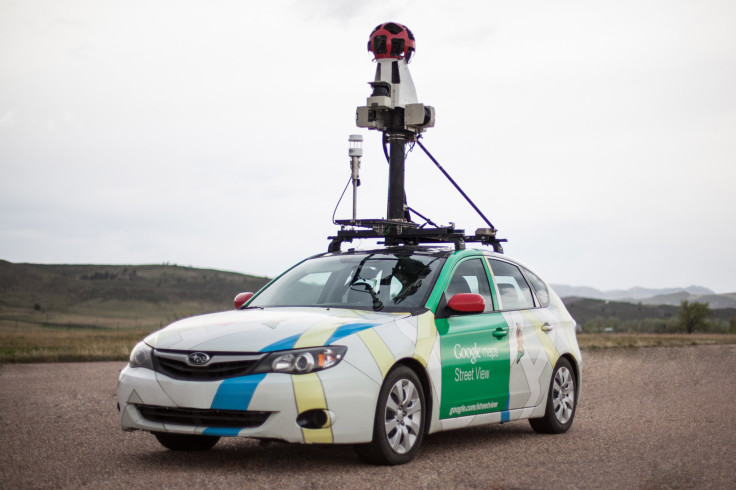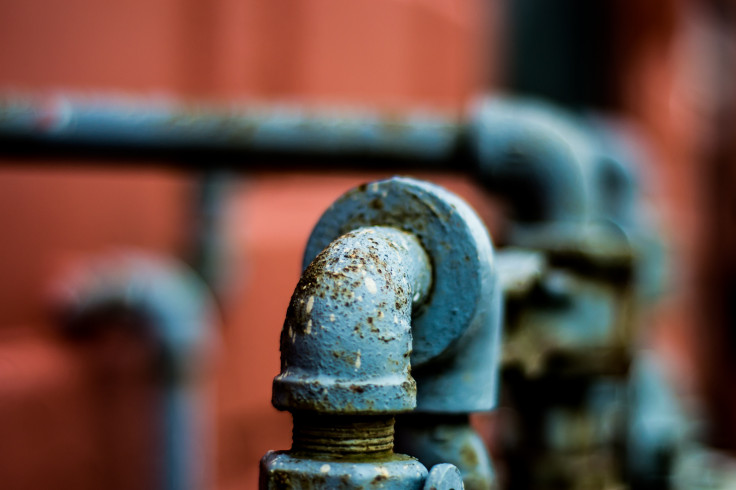Google Street View cars are roaming US cities in search of methane leaks
Fixing the largest 8% of leaks would cut methane pipeline emissions by 30%.
Google Street Cars with methane sensors strapped to their roofs have been patrolling streets in the US to locate methane leaks.
Methane leaking from natural gas pipelines is a major environmental hazard, posing fire risks while pouring out the potent greenhouse gas into the atmosphere, which has an effect 80 times stronger than carbon dioxide, a study as found. The leaks are a huge cost to gas companies, which is often passed on to consumers.
Gas in the US is supplied in pipes dating back to the 19th century in some areas, and are made of cast iron and bare steel, materials much more prone to leaks than modern pipes.
The leaks are also colourless and hard to sense. If the wind is blowing in the wrong direction, a sensor can be very close to a gas leak but fail to pick it up.
"It's incredibly challenging. The biggest challenge and the major uncertainty is the direction of the wind, which this research addresses," gas researcher Jane Hodgkinson at Cranfield University, who was not involved in the findings, told IBTimes UK.
"It's very possible to miss a very high proportion of gas leaks especially in the urban environment where conditions are very highly turbulent."
Strong winds blowing methane in all directions is the biggest obstacle to overcome in sensing the leaks. Google Earth Outreach, the non-profit Environmental Defense Fund and researchers at Colorado State University are hoping to solve the problem by deploying the same cars that gather data for the Google Street View function, with sensitive methane detectors and wind sensors on board.
Three of the cars have already been gathering data in Massachusetts, New York State, Vermont and Indiana, with the findings published in the journal Environmental Science and Technology. The cars were calibrated by driving past a controlled leak, ranging from 1 litre per minute to 45 litres per minute, reflecting typical gas leak flows in cities.
However, the Google cars were only equipped to measure the concentration of methane in a particular spot, not the rate of escape of the gas, which is harder to capture.

The cars could be used for a good first approximation for where gas leaks are, agrees atmospheric sensing researcher Grant Allen at the University of Manchester, who was not involved in the research.
But there are many challenges the cars will have to overcome in a real-world environment to generate useful readings. The steps taken to incorporate weather data into the findings still might not be enough to identify the majority of the leaks.
"If you're driving around in a car you only sample what's blown towards you on the wind," Allen said. "If you're driving through, say, Manchester and there's a pipeline leak in the middle of a main road on the far side of the car, but the wind is blowing form the near side of the car, then you just wouldn't measure it."
Despite these and other technical challenges, the data collected would be "of enormous use to science and industry to mitigate leaks and prevent fugitive emissions of methane", he said.

The researchers at Colorado State University acknowledge that they are facing a big problem.
"This is a huge challenge that almost nobody had been thinking about. Now we're finding out just how widespread these leaks are," said study author Joe von Fischer.
"The faster you fix them, the bigger the environmental benefits are. But utilities and regulators didn't have the data to focus their efforts. That's where we come in. Our goal is to make it faster, cheaper and easier to find and measure methane leaks from natural gas lines to help accelerate crucial repairs."
© Copyright IBTimes 2025. All rights reserved.






















